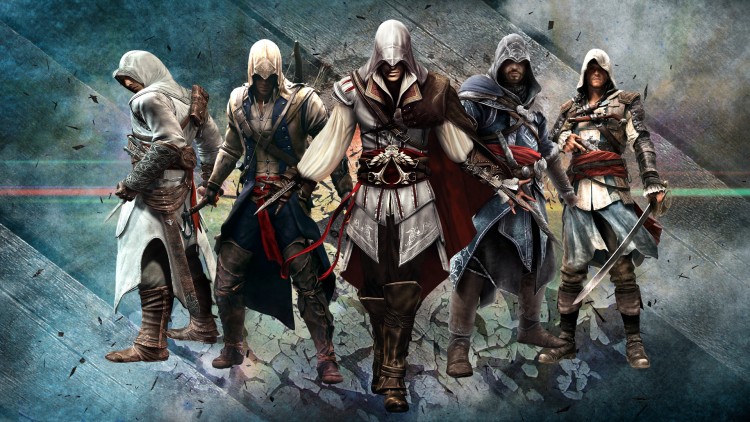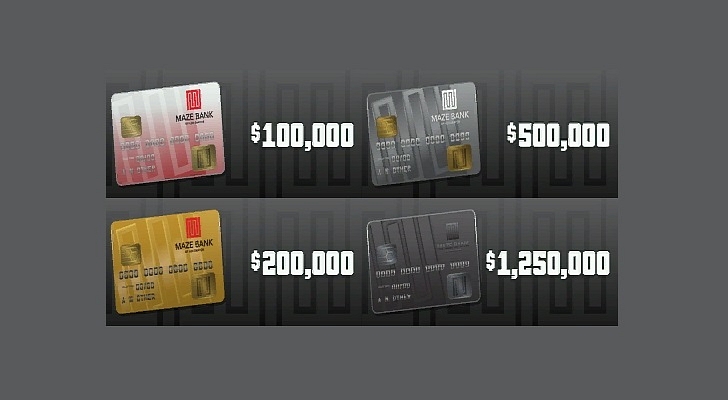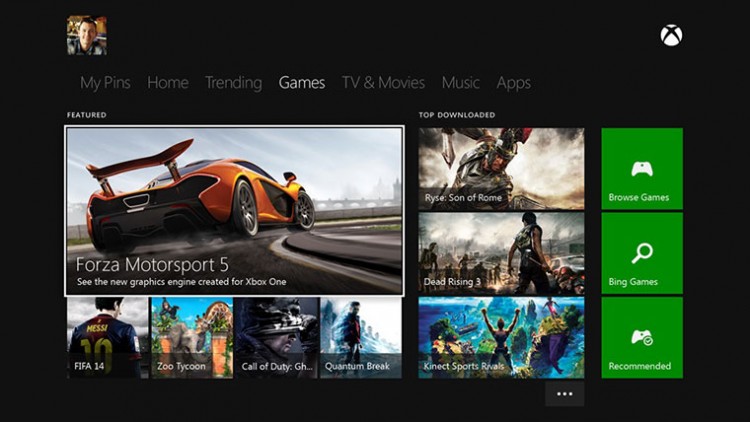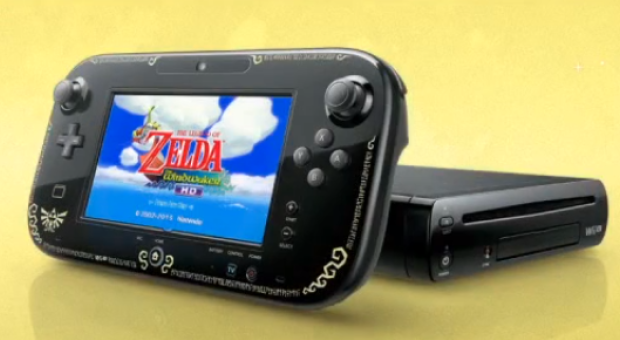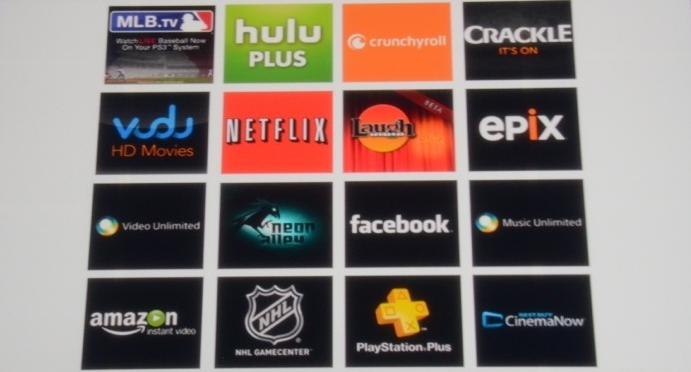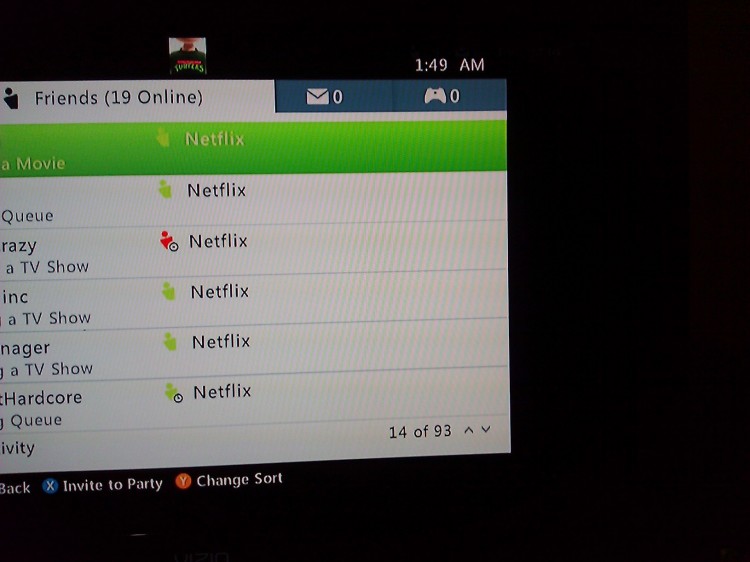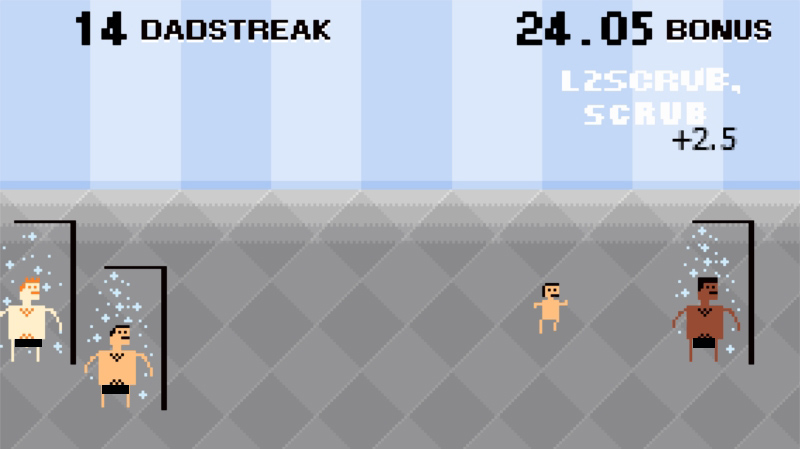The recently-released Xbox One and Playstation 4 have been making headlines as the fastest selling consoles of all time. This should be a great thing, and it would be, except for five simple trends that all point at the next generation of consoles being terrible.
It’s important to note, before diving into this, that these ideas and the possibilities presented herein are just a couple of the multitudes of outcomes for gaming’s future. It is, of course, entirely possible that none of these trends continue or that none of these predictions come to pass, and that gaming only gets better this generation.
Okay, with that caveat out of the way, here’s why this next generation might be terrible.
5) Franchises
Of the 24 total launch titles for the Xbox One, there were only four properties not part of an established series or franchise. On the PS4 that number was seven out of 32. As the price of making a game continues to skyrocket, we’re seeing developers and publishers less and less willing to take chances on new IPs.
Even Final Fantasy has resorted to sequelizing singular entries in the series. We’re quickly approaching the release of the third title based on Final Fantasy XIII’s universe. If that doesn’t confuse you, I don’t know what will.
The point is that it almost seems as if developers will go to absurd lengths to avoid doing any kind of new property. Why is this a problem? Because it leads to stagnation. Video games are never going to evolve beyond what they are today if we aren’t supporting and encouraging new ideas.
The problem isn’t even so much the continuation of franchises, but the fact that franchises are in mind during development of all titles. Most games today are made with sequels in mind. There is no longer such a thing as a singular narrative experience. Some may point to games like Titanfall, Watch_Dogs, or Destiny, but it would be very surprising if we don’t hear about sequels less than a year after the launch of these titles.
It’s something that the video game community encourages, too, for some reason. Was there really a need for a Mirror’s Edge sequel? That question is pointless now, because the community clamored for one for years and now it’s in development.
I’m not saying that this is always a bad thing, sometimes a game’s narrative is planned to be drawn out over a series of games, the Mass Effect trilogy is a great example of this. But do we really need a Mass Effect 4?
4) Microtransactions
We’re already seeing microtransactions take over in a big way. Plenty of people have leveled complaints at Gran Turismo 6 and Forza 5, both of which require insane amounts of real-world currency to purchase in-game cars. You know, in a game that you’ve already paid $60 for.
It’s not just limited to the racing game genre, though. We’ve seen this in games like Dead Space 3, Battlefield 4, and even Grand Theft Auto V. The thing about microtransactions, though, is that there’s no risk with them on the developer’s part.
This system really got its start in the mobile game field, where a game would often be released for free or very little money, but in order to get to play more, the consumer would have to pay for in game goods. From a mobile game developer’s standpoint, they’re banking on people paying for these things, because that’s how they can afford to give the game away for free and get people interested in the product to begin with.
With a major, AAA game, there’s already a pretty high initial investment for most consumers, that $60 price tag just to get the game. It doesn’t make any sense that consumers should have to pay additional money to get access to additional aspects of a game they paid full price for. Unfortunately, this doesn’t stop most people from paying those fees.
As a developer or publisher, you have nothing to lose by implementing a microtransaction system in your game. Either people will utilize it and you’ll make more money, or they won’t utilize it, and it doesn’t matter because they’ve already paid full price for your game. Don’t expect to see them stop any time soon.
3) DRM and digital goods
Obviously there was a big hooplah earlier this year when the Xbox One’s DRM policies were finally detailed. Gamers petitioned, argued, commented, yelled, and just about rioted to convince Microsoft to reverse their DRM, and finally, after a long battle, Microsoft announced that the Xbox One would have no family sharing, and that the discs would work exactly as they always had.
But make no mistake, the issue of DRM is still out there. The Xbox One policies are the natural progression of what we’ve seen slowly growing in the past. Publishers do not want you to be able to resell their games. Plenty of games have already implemented “online passes,” which are codes that come with new copies of the game that allow you to access the online portions of said games. Of course, these codes only work once, meaning if you buy the game used, no online play for you.
There’s also the obvious focus on digital games that has been slowly growing stronger since the later part of the last generation’s lifetime. Interestingly enough, this becomes most evident, and troublesome, with Nintendo products. Nearly all of the 3DS bundles that have come with a copy of a game have come with a digital copy of the game pre-installed on the system.
This works as a gateway for people to understand how digital games work, and become okay with purchasing games this way. Unfortunately, with Nintendo in particular, your games are tied to your console, rather than your account, so if you lose your 3DS, you lose that game, and you may have to re-buy a lot of titles you downloaded, if you even can any more.
Worse still, though, is that there’s no easy return or re-selling possibilities on digital games. As great a service as Steam is, if you buy a product on Steam, there is no easy or understood way for you to get your money back, regardless of whether you bought the wrong product, or if the product isn’t as high of quality as you thought it would be, or for whatever reason.
Moving forward, we’re going to see more focus on digital games because they’re easier to manage and it’s impossible for a player to lend a digital copy of a game to a friend, forcing both players to spend full price on the title.
2) Re-releases and lack of backward compatibility
Like a lot of points on this list, this was a trend that started with the last generation. When the PS3 first came out, there were two models, one that had backwards compatibility with PS2 games and one that did not. That original launch model with backwards compatibility was the last anyone would ever hear the term associated with the PS3.
Not that the Xbox 360 was any better. The console originally had limited backwards compatibility support via emulation, with the number of titles that one could play slowly growing. After an amount of time, though, that work simply stopped.
So how could one play classic PS2 or Xbox games on their new console? Why, by buying HD re-release packages, of course! Because if you wanted to play a game that you already bought, only on a new console, you’d have to buy it again.
It looks like the next generation of consoles isn’t doing too much about backwards compatibility, either. The Xbox One has no backwards compatibility, unless you want to buy digital copies of older games, and while the PS4 has the promise of Gaikai, there’s still no real explanation for exactly how that will work.
The reasoning behind this is pretty clear, it’s going to force players to re-purchase games they’ve already purchased before. Pretty soon, we can look forward to just constantly re-purchasing the same games over and over, rather than ever actually playing anything new.
It’s an extension of both the DRM/digital good issue and the franchise issue brought up earlier. By constantly re-releasing the same games, publishers can insure that there is an audience for the next insallment in that franchise, and by offering them via digital marketplaces like Nintendo’s virtual console, they can insure that you have to spend whatever price they determine for a game that could be more than ten years old.
1) Gaming is no longer about playing games
We saw the beginnings of this idea with last generation when the Xbox 360 introduced achievements. Achievements have become ingrained in the lexicon of gamer terminology, but let’s break down exactly what they are: little notifications that pop up when you do arbitrary things in a game, such as finishing a certain mission or beating the last boss. Sometimes there is some kind of value attached to different kinds of achievements (like with the Xbox 360’s gamerscore or Playstation 3’s strange bronze, silver, gold, and platinum trophy designations).
Why do we seek out these back-patting little achievements, though? Shouldn’t the satisfaction of beating a level or completing a game be enough incentive for us to play? Do we really need a little notification that tells everyone that we finished the game for it to matter?
Well, welcome to the new generation, where this idea has been taken to an extreme. It’s not enough that we be able to show off to our friends that we beat a game, now we have to be able to show them every little thing we do in our games. Both the Xbox One and Playstation 4 have built-in video streaming integration.
On the one hand, this is great, now you can show off that cool kill streak, or speed run, but what happened to being able to just sit down and play a game? It doesn’t invalidate my video gaming experience if no one’s around to witness it. I’m moved just as deeply by The Walking Dead or The Last of Us, without having to stream the whole experience to my 12 twitch followers.
This is all, of course, assuming you’re even using your new console for gaming. We saw at the Xbox One reveal event how little focus there actually is on games with the new generation. The Xbox One seemed much more focused on letting you watch live cable TV while skyping, but both the Xbox One and Playstation 4 come ready to play Netflix, Amazon Instant Video, Hulu Plus, Youtube, browse the internet, and are more than capable of downloading any other kind of app that might be developed for the console.
At what point in all of this does my gaming machine actually play games? The thing about this focus on non-gaming apps is that it comes from what the owners of these machines want. How familiar does the following image look to you?
Microsoft isn’t forcing a media box down our throats, they’ve designed what consumers want. The problem here is that these are the components that sell consoles now, not launch titles, and when you have a limited number of people and resources to dedicate to your console, the things that are going to get attention are the things that bring in the money, which is slowly becoming not games for console developers. Taken to an extreme, the Playstation 5 or the Xbox Two could end up not even playing video games at all.
Now, I recognize that a lot of what I’ve said is speculation and my own personal ideas. These are just a couple of several different directions that the gaming landscape can develop, and I certainly think it’s entirely possible that none of these things work out like how I’ve explained them here. Still, I do think it’s just as possible that they do. Luckily, though, the future of the next generation is in our hands. We don’t have to buy games that utilize microtransactions, we can show our interest in new ideas by buying new IPs, and we can actually start playing games on our consoles again, if that’s the future that we want for video games.
Do you disagree with me, think I misspoke on a topic, or foresee things going differently? Let me know in the comments, I’d love to hear some feedback on these ideas!
